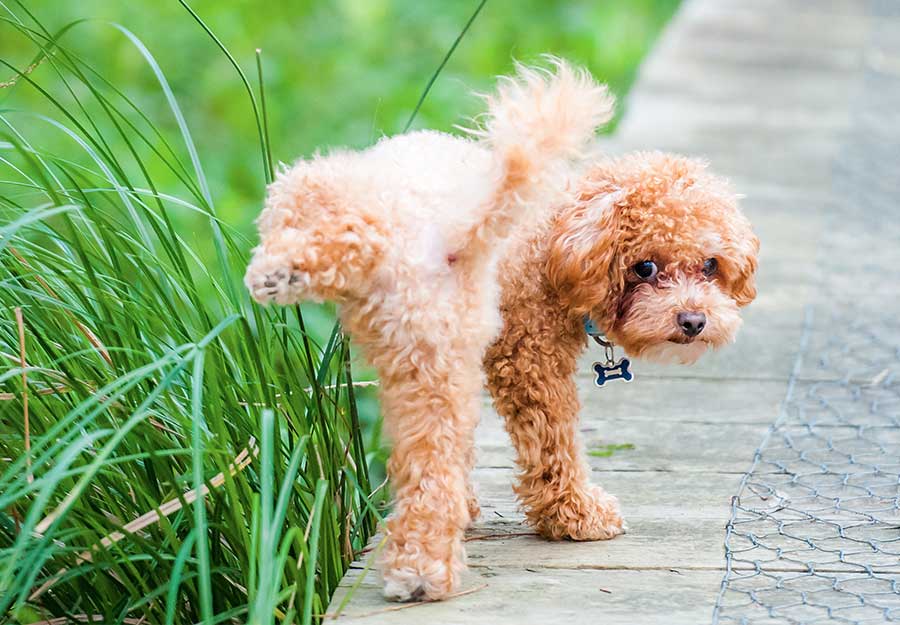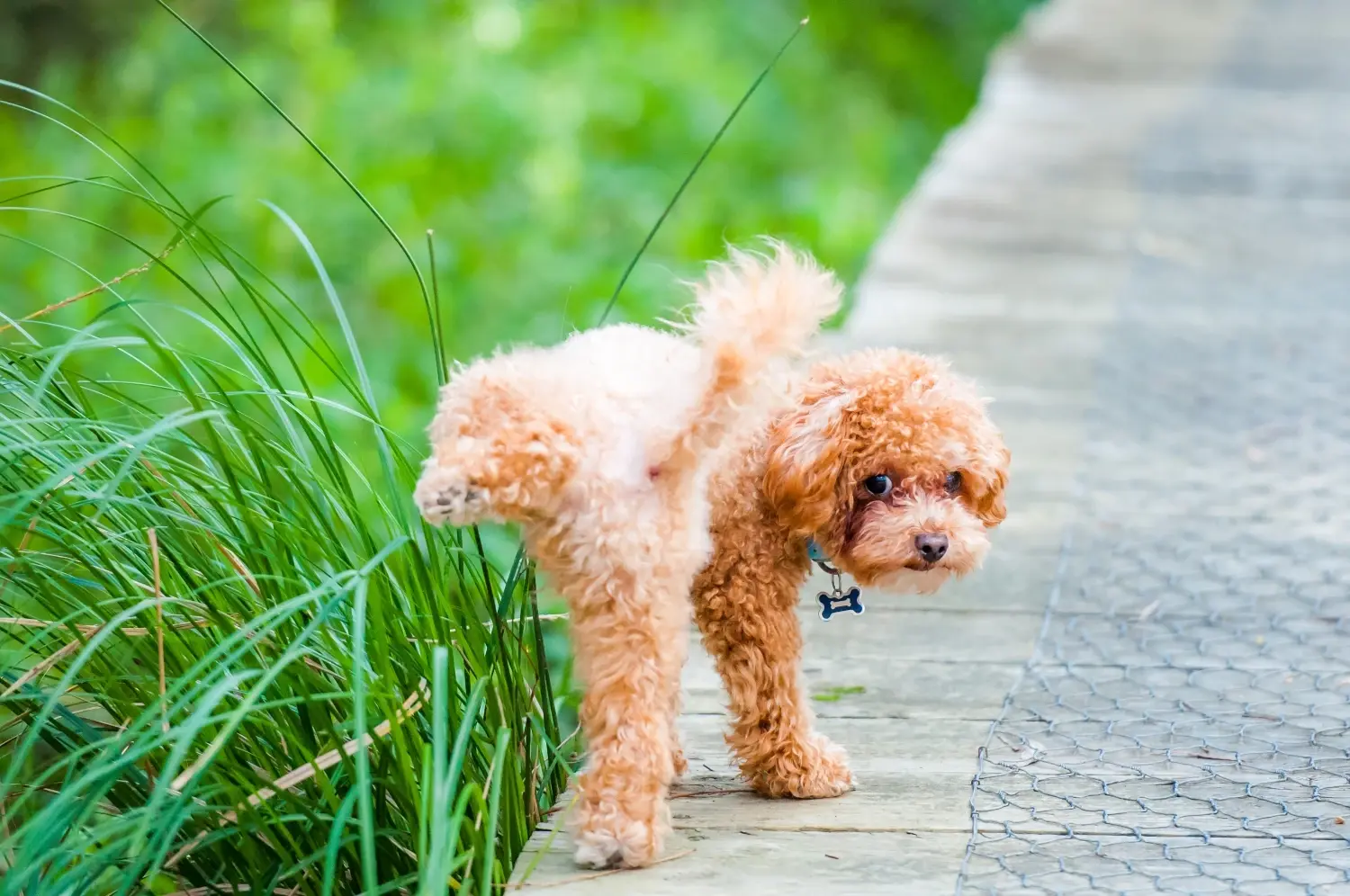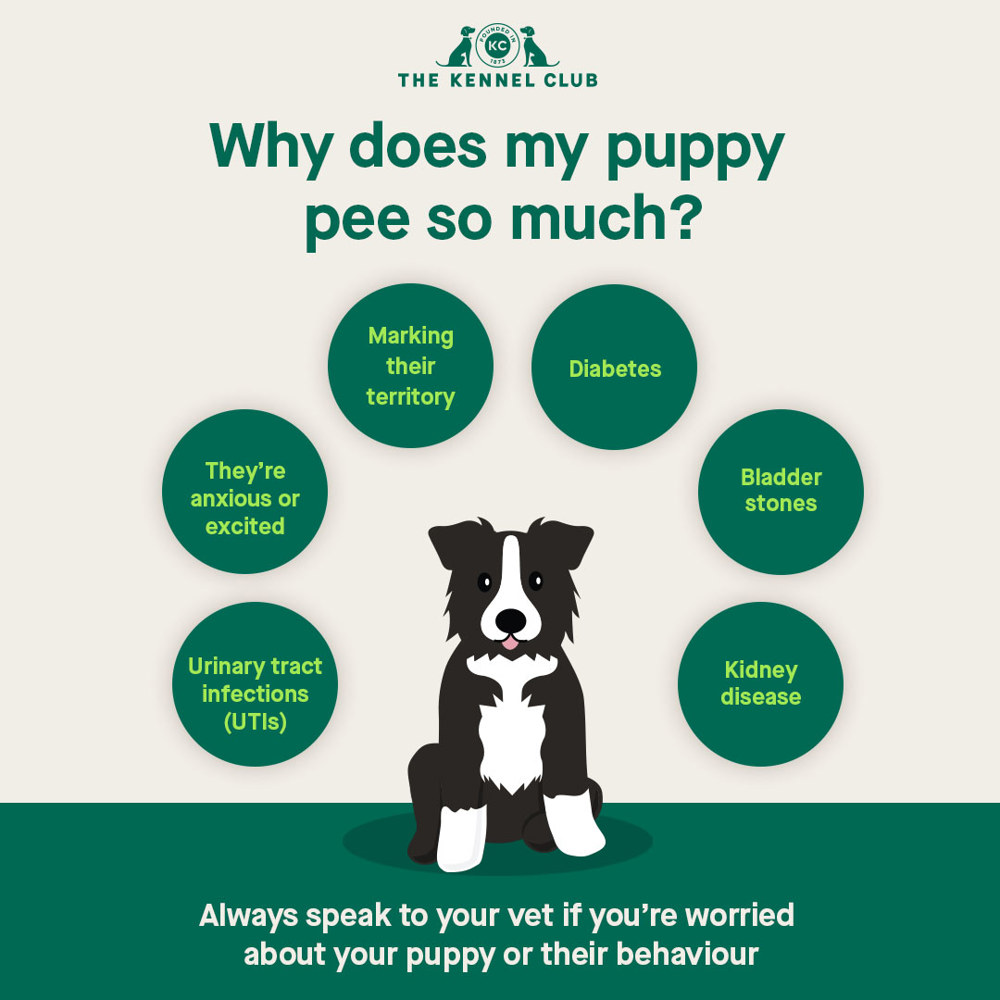As an Amazon Associate, I earn from qualifying purchases
Are you a proud owner of a small dog? If so, you’ve probably wondered, “How long can a small dog hold its bladder?”
This question might seem trivial, but understanding it is crucial for your pet’s health and happiness. Imagine coming home to a relaxed and happy pup instead of a stressed one. Or, envision the peace of mind you’ll have knowing your furry friend isn’t uncomfortable while you’re out.
You’ll uncover the secrets behind your small dog’s bladder capacity. By the end, you’ll be equipped with practical tips to ensure your pet is comfortable and content, even when nature calls. Ready to dive in? Let’s explore this important topic together.
Factors Influencing Bladder Control
Understanding how long a small dog can hold its bladder is essential for pet owners. Several factors influence bladder control in dogs. These factors include age, breed, size, and diet. Knowing these can help manage your dog’s bathroom needs effectively.
Age And Development Stage
Puppies have smaller bladders than adult dogs. Their bladder control improves as they grow. A young puppy needs frequent bathroom breaks. Older dogs might struggle due to aging effects. Senior dogs can experience reduced bladder control. Their muscles weaken over time.
Breed And Size Considerations
Smaller breeds often have smaller bladders. They might need to relieve themselves more often. Larger dogs tend to hold their bladder longer. Each breed has unique traits affecting bladder control. Some breeds are prone to bladder issues. It’s important to understand your dog’s specific needs.
Dietary Impact
Diet influences a dog’s bladder control. High-sodium foods can increase thirst. Increased water intake leads to more frequent urination. Certain foods may irritate the bladder. Ensure your dog has a balanced diet. Proper nutrition supports healthy bladder function.

Typical Bladder Holding Times
Understanding how long a small dog can hold its bladder is crucial for every pet owner. It’s a matter of balancing your dog’s comfort and health. You might wonder how their age and size influence their bladder control. Let’s dive into the typical bladder holding times for small dogs.
Puppies Vs Adult Dogs
Puppies are like little babies. Their bladder control is still developing, which means frequent bathroom breaks are a must. Typically, a puppy can hold its bladder for about one hour per month of age. If your puppy is three months old, expect them to need a potty break every three hours.
Adult small dogs have better bladder control. They can generally hold their bladder for 6 to 8 hours. But don’t assume they can always wait this long. Factors like diet, activity level, and health can affect this. Have you ever noticed your dog needing more frequent breaks after a vigorous play session?
Senior Dogs
As dogs age, their bladder control can decrease. Senior small dogs might need more frequent potty breaks than adults. Their muscles weaken, and bladder sensitivity increases. If your furry friend is showing signs of aging, pay attention to their bathroom habits.
It’s crucial to adapt to their changing needs. A dog that once held its bladder for hours might suddenly need more frequent trips outside. Have you adjusted your routine to accommodate your senior dog’s needs?
Do you have a small dog at home? Understanding their bladder holding times can make life easier for both of you. Tailor your routine to their needs and watch them thrive. Are you ready to make those adjustments today?
Health Implications Of Holding Urine
Small dogs often struggle with holding urine for long periods. This can lead to several health problems. Their bodies are not built to store urine for too long. Understanding these health risks is crucial for pet owners. It helps in ensuring the well-being of their furry friends. Let’s explore the potential health implications.
Urinary Tract Infections
Urinary tract infections (UTIs) are common in small dogs. Holding urine for too long increases the risk of UTIs. Bacteria can grow in the bladder when urine sits too long. These infections cause discomfort and require medical treatment. Watch for signs like frequent urination or accidents.
Bladder Stones And Other Complications
Bladder stones can develop from prolonged urine retention. These stones are painful and may need surgery. Holding urine also stresses the bladder. This can lead to other complications. Regular potty breaks are essential. They prevent these serious health issues.

Training For Better Bladder Control
Small dogs can typically hold their bladder for about 4 to 6 hours. Factors like age, health, and size influence this. Regular bathroom breaks are essential for their comfort and health.
Training for Better Bladder Control Training your small dog for better bladder control can be a game-changer in your daily routine. Imagine fewer accidents and more stress-free moments. It’s not just about your convenience; it’s about your dog’s comfort and health, too. Are you ready to make this change? Let’s dive into some practical tips that can help.
Establishing A Routine
Creating a consistent schedule is crucial for bladder control. Dogs thrive on routine, and knowing when it’s time to go outside helps them hold it longer. Start by taking your dog out at the same times each day. This could be first thing in the morning, after meals, and right before bed. Consistency is key, so try not to deviate from this schedule. Your dog will start to anticipate these times, making accidents less likely.
Positive Reinforcement Techniques
Positive reinforcement can encourage your dog to hold its bladder. Praise and rewards work wonders for dogs, making them more eager to learn. When your dog successfully holds its bladder and goes outside, immediately reward it with a treat or affection. This reinforces the behavior you want to see. Avoid scolding your dog for accidents. Instead, focus on celebrating their successes to encourage repeat behavior. Training your small dog to have better bladder control requires patience and consistency. But with the right routine and positive reinforcement, you’ll both enjoy a more harmonious home. How will you start implementing these changes today?
Signs Of Bladder Issues
Small dogs can face bladder issues. These signs help identify problems early. Recognizing them ensures timely care for your furry friend. Being observant is key. Keep an eye out for changes in behavior. This awareness prevents discomfort and health complications.
Frequent Accidents
Frequent accidents in the house indicate a problem. Your dog might urinate indoors often. This behavior is unusual for trained dogs. It signals a possible bladder issue. Watch for increased accidents over time. It might point to health concerns. Consult a vet if this persists.
Straining Or Difficulty Urinating
Straining while urinating is another sign. Dogs may show discomfort. They might take longer to urinate. Or even show signs of pain. This indicates a possible blockage or infection. Difficulty urinating needs immediate attention. It could lead to severe health issues.

When To Consult A Veterinarian
Understanding your small dog’s bladder health is crucial. Sometimes, small dogs may struggle with bladder issues. Knowing when to consult a veterinarian helps ensure your pet’s well-being. Some signs indicate a professional’s help is needed.
Persistent Symptoms
If your dog frequently urinates, it might be a concern. Constant accidents inside the house signal a problem. Difficulty in urination also suggests a health issue. These symptoms, if persistent, need a vet’s attention. Ignoring them can lead to bigger health problems.
Behavioral Changes
Notice any changes in your dog’s behavior. Increased irritability or restlessness may signal discomfort. Dogs often hide when in pain. If your dog avoids social interaction, it’s a warning. A sudden drop in energy levels is concerning. Consult a vet if these changes appear.
Tips For Managing Bladder Health
Understanding bladder health is crucial for your small dog’s well-being. Proper management can prevent discomfort and health issues. Here are some helpful tips to ensure your dog’s bladder stays healthy and functional.
Hydration And Diet
Adequate water intake is vital for maintaining bladder health. Ensure your dog always has access to fresh water. Monitor their drinking habits to avoid dehydration, which can lead to urinary problems.
Diet also plays a significant role. Feed your dog a balanced diet with high-quality ingredients. This supports overall health and proper bladder function. Avoid foods high in sodium, as they can affect water balance in the body.
Regular Exercise
Exercise is not just for physical health; it benefits bladder function too. Regular activity helps regulate bowel movements and urinary output. Take your dog for walks daily to encourage natural bladder emptying.
Engage your dog in playful activities. This stimulates their body systems and promotes good urinary health. A well-exercised dog is less likely to experience bladder issues.
Frequently Asked Questions
How Long Can Small Dogs Hold Their Bladder Overnight?
Small dogs can usually hold their bladder for 8-10 hours overnight. It depends on age and health.
At What Age Can Puppies Hold Their Bladder Longer?
By six months, most puppies can hold their bladder for up to 6 hours. It improves with age.
Do Small Dogs Have Weaker Bladder Control?
Yes, small dogs often have weaker bladder control. Their smaller bladders fill up faster.
What Factors Affect A Dog’s Bladder Control?
Age, health, size, and diet can affect bladder control. Regular bathroom breaks are important.
Can Training Improve Bladder Control In Small Dogs?
Yes, consistent training helps. Regular bathroom schedules and positive reinforcement work well.
Conclusion
Understanding your small dog’s bladder limits is vital. It ensures comfort and health. Regular potty breaks are essential for them. Observe their behavior and create a routine. Each dog is unique, so timeframes can vary. Patience and consistency help in training.
Speak to a vet if you notice issues. Proper care leads to a happy, healthy pet. Always prioritize your dog’s well-being. Keeping them comfortable strengthens your bond. Remember, a healthy dog is a happy dog. Stay attentive and responsive to their needs.
Your dog will thank you with wagging tails and joyful barks.
As an Amazon Associate, I earn from qualifying purchases

